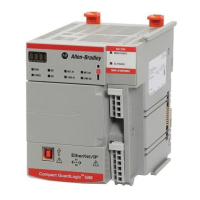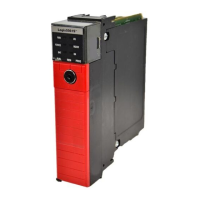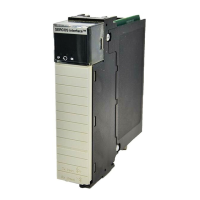40 Rockwell Automation Publication 1756-PM004D-EN-P - September 2012
Chapter 2 Organizing Tags
Guidelines for User-defined Data Types
When you create a user-defined data type, use these guidelines:
· If you include members that represent I/O devices, you must use logic to
copy the data between the members in the structure and the corresponding
I/O tags. Refer to “Address I/O Data”
on page 19.
· If you include an array as a member, limit the array to a single dimension.
Multi-dimension arrays are not permitted in a user-defined data type.
User-defined data type that stores the data that is required to run a machine.
Because several drill stations require the following mix of data, use a user-defined data type.
ATTENTION: An array that is based on this data type looks like this example.
Name (of data type): DRILL_STATION
Member Name Data Type
Part_advance BOOL
Hole_sequence CONTROL
Type DINT
Hole_position REAL
Depth REAL
Total_depth REAL
42583
Array of Drills
First Drill
This array contains four
elements of the
DRILL_STATION
data type.
Data for the Drill
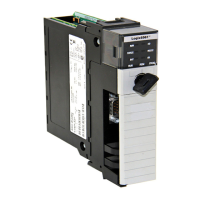
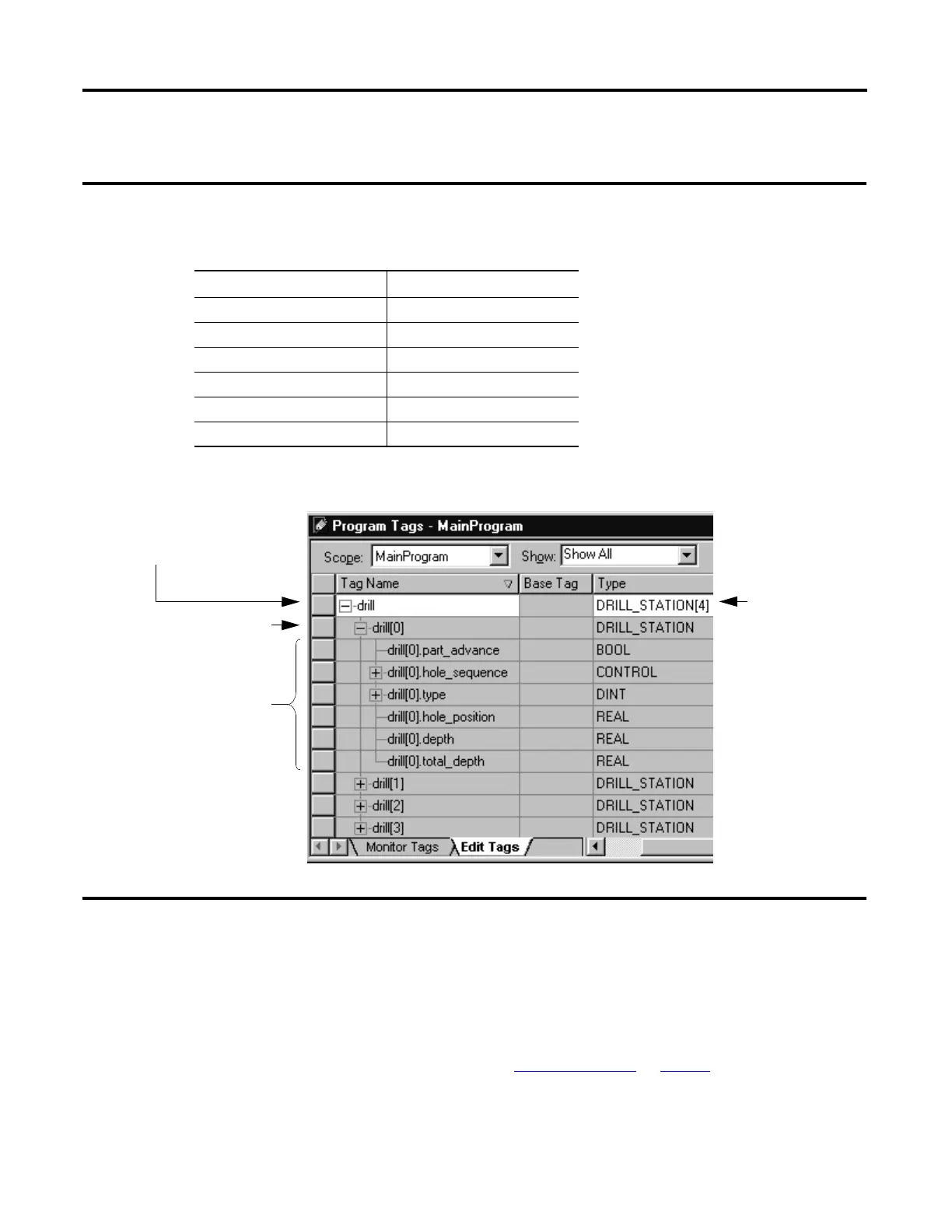